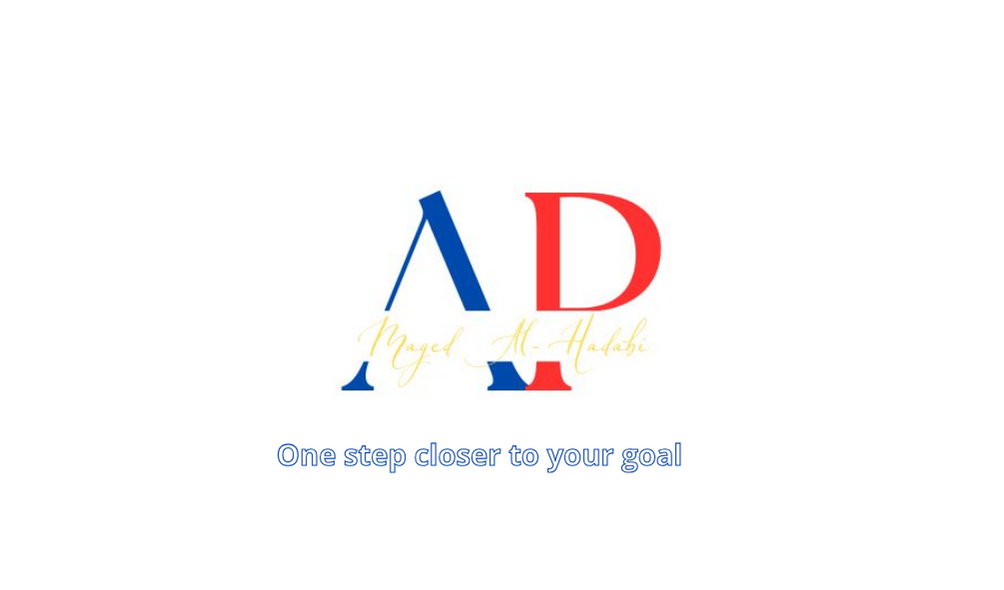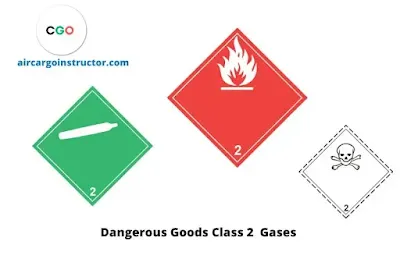{getToc} $title={Table of Contents}
Dangerous goods class 2 Gases include 3 divisions which are flammable gases, non-flammable, non-toxic gases, and toxic gases. Gas is a substance that at 50°C has a vapour pressure greater than 300 kPa, or is completely gaseous at 20°C at a standard pressure of 101.3 kPa.
DG class 2 comprises compressed gases; liquefied gases; dissolved gases; refrigerated liquefied gases; mixtures of one or more gases with one or more vapours of substances of other classes; articles charged with a gas, aerosols, and chemicals under pressure.
Dangerous Goods Class 2 Physical State
The transport condition of gas by air is described according to its physical state.
a) compressed gas
A gas which when packaged under pressure for transport is entirely gaseous at (50°C), this category includes all gases with a critical temperature less than or equal to ( 50°C).
b) liquefied gas
A gas that when packaged under pressure for transport is partially liquid at temperatures above (50°C). A distinction is made between:
High-pressure liquefied gas: a gas with a critical temperature between (- 50°C) and (+65°C), and
Low-pressure liquefied gas: a gas with a critical temperature above (+65°C).
c) refrigerated liquefied gas
A gas that when packaged for transport is made partially liquid because of its low temperature.
Note:” Refrigerated liquefied gas” means the same as “Cryogenic liquid”.
d) dissolved gas
A gas that when packaged under pressure for transport is dissolved in a liquid phase solvent; or
e) adsorbed gas
A gas that when packaged for transport is adsorbed onto a solid porous material resulting in an internal receptacle pressure of less than (101.3 kPa) at (20°C) and less than (300 kPa) at (50°C).
The three Divisions of Class 2 Dangerous Goods
Substances of dangerous goods class 2 are assigned to one of three sub-divisions based on the primary hazard of the gas during transport air transport.
Division 2.1 Flammable gases.
Division | IATA IMP CODE |
2.1 Flammable gases | RFG |
 |
| Flammable gases hazard label |
Gases which at (20°C) and a standard pressure of (101.3 kPa):
a) Are ignitable when in a mixture of (13 percent or less by volume) with an air; or
b) Have a flammable range with air of at least (12 percentage points) regardless of the lower flammable limit. See ICAO TI Doc. 9284 (2.2.1(a,ii)).
Example
Butane, UN 1011
Division 2.2 Non-flammable, non-toxic gases.
Division | IATA IMP CODE |
2.2 Non-flammable, non-toxic gases | RNG, RCL |
 |
| Non-flammable, non-toxic gases hazard label |
Gases which:
a) Are asphyxiant — gases which dilute or replace the oxygen normally in the atmosphere; or
b) Are oxidizing — gases which may, generally by providing oxygen, cause or contribute to the combustion of other material more than air does; or
c) Do not come under the other divisions.
Example
CARBON DIOXIDE, UN 1013
Division 2.3 Toxic gases.
Division | IATA IMP CODE |
2.3 Toxic gases | RPG |
 |
| Toxic gases hazard label |
a) Are known to be so toxic or corrosive to humans as to pose a hazard to health; or
b) Are presumed to be toxic or corrosive to humans because they have an LC50 value equal to or less than 5 000 mL/m3 (ppm) when tested per ICAO TI Doc. 9284 (6.2.1.3.)
Example
TEAR GAS
Class 2 Dangerous Goods Hazard Precedence
Gases and gas mixtures with hazards associated with more than one division take the following precedence:
a) Division 2.3 takes precedence over all other divisions.
b) Division 2.1 takes precedence over Division 2.2.
Gases Forbidden for Transport
Chemically unstable gases of dangerous goods class 2 are forbidden for transport by air unless the necessary precautions have been taken to prevent the possibility of a dangerous decomposition or polymerization under normal conditions of air transport.
Examples of dangerous goods class 2 | |
1 | Aerosols |
2 | Compressed air |
3 | Compressed air |
4 | Hydrogen / hydrogen compounds |
5 | Nitrogen / nitrogen compounds |
6 | Lighters. |
7 | Hydrocarbon gas powered devices |
8 | Natural gas, Oil gas, Petroleum gases |
9 | Insecticide gases |
10 | Gas cartridges |
11 | Fire extinguishers |
Watch this video which will give you examples of Class 2 dangerous goods:

